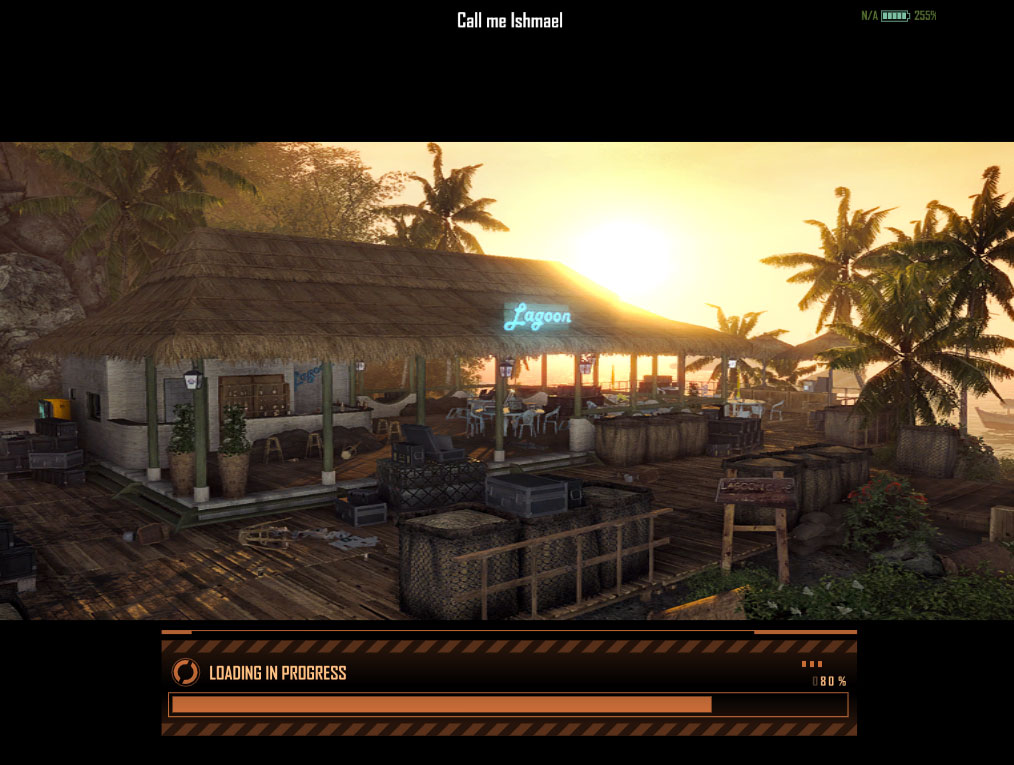Wineskin Uninstall Mac
In a previous article, I have shown you how to install OS X El Capitan GM (golden master) or other Beta version without developer account. As I sometime still need Windows-based program such as Mikrotik Winbox, I need to have WINE (Windows Emulator) on my Mac. In this post I would like to guide you how to install Wine on OS X El Capitan. At the time of this writing, the latest version of OS X is OS X 10.11 El Capitan GM (Golden Master).
- Kambala wrote:you could try switching to Mac video driver instead of the built-in x11, maybe that'd help.To do that, open package contents, run Wineskin.app - set screen options - use Mac driver.
- Make sure launchd remove handles normal entry a. 7 years ago doh123 committed rename Wineskin.app folder from Wineskin to Win. 7 years ago doh123 committed remove pop up test from Wineskin.m 7 years ago doh123 committed Wineskin.m removes any launchd processes before.

UPDATE: If you also want to install Microsoft Visio on Mac, you can follow our post how to install Visio on Mac running OS X El Capitan.
Requirements
1. Latest version of OS X El Capitan (Golden Master build at this time of this writing)
2. Latest version of Xcode (Xcode 7.0 GM, you can download it from https://imzdl.com/osx.html if you are not a registered Apple developer.
3. Homebrew package manager for OS X. We will install Wine using Homebrew package manager.
Find the program that you want to uninstall. Scroll through the programs here until you find an icon for the program that you want to remove. If the program is inside of a folder, double-click the folder to open it and look for an uninstaller application. If there is an uninstaller application, skip to the next section.
I assume that you have done installing point 1 and 2 in the requirements above. So we just go to install Homebrew package manager.
Install Homebrew
Run the script below to install Homebrew:
Once it is installed, run the below command to install Wine.
Install WINE using Homebrew

The format to install package using brew is “brew install package_name”:
To run a Windows program, use “wine /path/to/program.exe”.
Example below is to run Mikrotik Winbox using wine
Hopefully this post is helpful for anyone who want to install wine on OS X El Capitan.
Translations of this page:Français (Translators, please see Discussion page.)
Installing WineHQ packages
Official WineHQ packages of the development and stable branches are available for macOS 10.8 to 10.14 (Wine won't work on macOS Catalina 10.15). Please test these packages and report any bugs at http://bugs.winehq.org.
Prerequisites:
- XQuartz >= 2.7.7
- Gatekeeper must not be set to block unsigned packages.
Installing:
Both .pkg files and tarball archives are available at https://dl.winehq.org/wine-builds/macosx/download.html.
Installing from a .pkg file is recommended for inexperienced users.
To install from a .pkg file, double-click on the package, and the usual macOS installer wizard should open. The process should be self-explanatory. It is possible to install the package either for all users (needs administrator privileges), or just for your current user. After the installation is finished, you should find an entry 'Wine Staging' or 'Wine Devel' in your Launchpad. By clicking on it, a new Terminal window opens with a short introduction into some important wine commands. You can now directly start wine/winecfg/... from the Terminal, as the PATH variable is set correctly. For user convenience, the package also associates itself with all *.exe files, which means you can run windows executables just by double-clicking on them.
To install from a tarball archive, simply unpack it into any directory. There is no need to set DYLD_* environment variables; all paths are relative, so it should work as long as the directory structure is preserved (you can skip the /usr prefix though using --strip-components 1).
For more information, see https://www.winehq.org/pipermail/wine-devel/2015-December/110990.html and https://www.winehq.org/pipermail/wine-devel/2016-January/111010.html.
Installing Winehq packages using homebrew
Winehq packages can be installed using homebrew
XQuartz can be installed using;
To install wine the following command can be used;
wine-stable, wine-devel or wine-staging packages can be installed using the above example.The advantage of installing via homebrew means wine is available from a standard terminal sessionThe --no-quarantine line to used to above brew adding the quarantine bit
Building Wine
See Building Wine on macOS
Uninstalling Wine
- Remove the source tree and binaries.

Using Homebrew:
Using MacPorts, uninstall the wine package you previously installed:
Replace wine with wine-devel if you installed the development version.
Otherwise and if you used `sudo make install`, revert it:
Then simply delete your local Wine source code directory:
Wineskin Mac 10.15
- Clean-up pseudo C: drive and registry entries as well as all programs installed to C:
- Check the hidden directory `$HOME/.local/` where Wine stores some desktop menu entries and icon files as it interoperates with the X.Org Foundation and the Free Desktop.
Note: Files in this directory are unused on macOS unless you use a UNIX window manager and other X11 applications instead of the native MacOS apps.
Third Party Versions
Third party versions of Wine, such as Wineskin, Winebottler, and PlayOnMac, are not supported by WineHQ. If you are using one of those products, please retest in plain Wine before filing bugs, submitting AppDB test reports, or asking for help on the forum or in IRC.